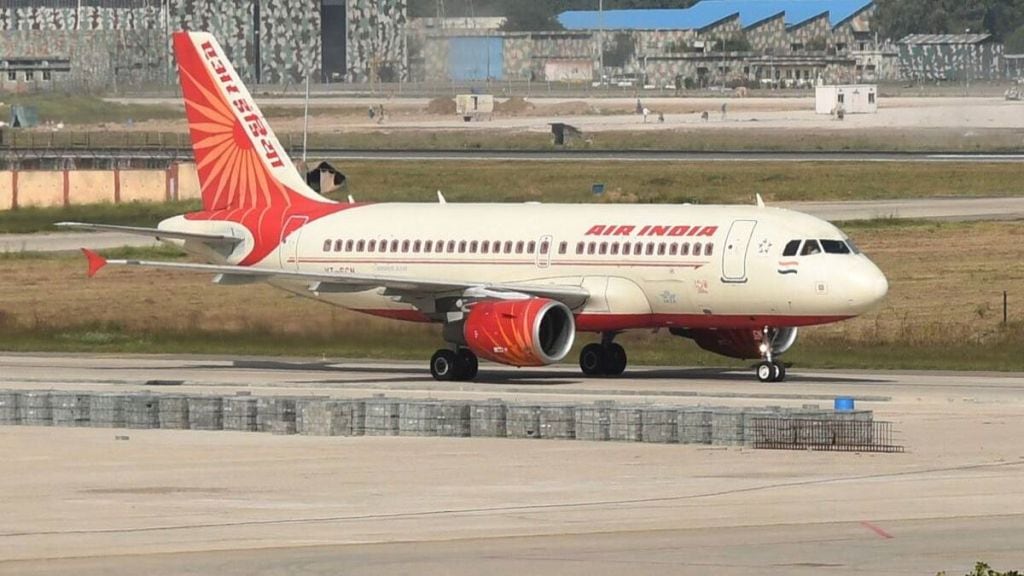Air India’s record 470 aircraft order would push India’s tally to more than 1,150 planes from just seven airlines. While these planes will be delivered over the next few years, questions are being raised if the country can generate enough number of pilots and cabin crew to support the unprecedented expansion.
As typically an aircraft needs 10-15 pilots, the mammoth pending order by Indian airlines is set to generate vacancies for thousands of pilots and cabin crew. While the Tata Sons-controlled Air India group is setting up a training academy to meet its requirement for pilot and cabin crew, a top company official admitted that the company will have to rely on expat pilots to part support the operations without whom the expansion cannot be executed.
Campbell Wilson, MD and CEO, Air India, said, “In the short term, we have to acknowledge that the scale and pace of the transformation probably will require us to bring in some expatriates to help us accelerate growth. It is not just necessary but it is beneficial because without it we simply cannot accelerate and support the transformation that we want to drive.”
Market leader IndiGo has pending orders for 480 aircraft while new entrant Akasa Air has 55 on order. Both airlines are reportedly contemplating placing further orders. Last week, Air India declared that it will recruit 900 pilots in 2023 in addition to 4,200 cabin crew. The company further said that around 100 pilots and 500 cabin crew are being hired every month by it.
In mid-December, the government clarified that there is no shortage of civil aviation pilots in the country while also acknowledging that there is a shortage of type rated commanders/PIC (pilot-in-command) on certain types of aircraft. The same is being managed by the airlines by utilising foreign pilots by issuing Foreign Aircrew Temporary Authorisation (FATA). Presently, there are 82 FATA holders in India, VK Singh, minister of state in the ministry of Civil Aviation, had said in the Rajya Sabha.
India has 35 Directorate General of Civil Aviation (DGCA) approved Flying Training Organisations (FTOs) operating from 53 bases, which provide aircraft flying training to obtain commercial pilot licence (CPL).
According to Arun Kumar, director general, DGCA, India issues more than 1,000 CPL and 800 ATPL (Airline Transport Pilot Licence) in a year which is enough to meet the demands of the market. To be sure CPL holders cannot start flying large airplanes from day one. Only ATPL holders can fly such large planes of Boeing and Airbus.
Last year, the DGCA issued 1,200 CPLs and 800 ATPLs. In the last 3-4 years, at least 3,000-4,000 CPLs, and 2,000 ATPLs were issued by the regulator.
Pilots after being trained in India also pursue career opportunities outside with foreign airlines as well in the hunt for better pay packages. Several global airlines are placing fresh orders with the plane makers. This talent drain does put a strain on pilot availability in India.


